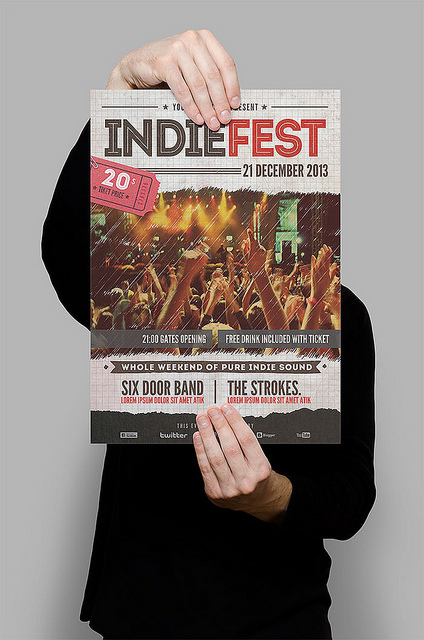Emo vs Indie
Emo and Indie are music genres that originated in the 1980s as musicians sought to move away from mainstream music. Both genres are popular among today’s youth and reflect the musicians’ and their followers’ lifestyles. They emphasize creativity, originality, and focus on music and lyrics.
Key Takeaways
- Emo is a melodic and expressive rock sub-genre that began as emotional hardcore or emocore in Washington DC in the mid-1980s, later evolving to blend pop punk with indie rock.
- Indie or indie rock is a sub-genre of alternative rock that originated in the UK and US in the 1980s and is associated with independent record labels and underground music scenes.
- Emo focuses on emotional trials and conflicts, while Indie emphasizes artistry and creativity, with less concern for popularity or trends. Both genres have also inspired distinct fashion trends among their followers.
What is Emo?
Emo is a rock sub-genre known for its melodic musicianship and expressive lyrics. It began in the mid-1980s in Washington DC as an offshoot of hardcore punk and was initially called emotional hardcore or emocore. In the 1990s, its sound and meaning changed as it incorporated elements of pop punk and indie rock, eventually breaking into mainstream culture by 2000.
What is Indie?
Indie or indie rock is a sub-genre of alternative rock that emerged in the UK and US in the 1980s. Many people believe that indie refers to any music created by artists working within independent record labels and underground music scenes. However, others argue that it is a distinct genre of rock music that emphasizes artistry, while some believe it is a combination of the two.
What is the difference between Emo and Indie?
Although both Emo and Indie are expressive and creative, Emo primarily deals with emotional trials and conflicts, serving as an outlet for these feelings. In contrast, Indie is more focused on artistic expression, with musicians concentrating on creativity rather than popularity or trends. The two genres have also influenced fashion trends among their followers, with emo characterized by predominantly black, tight-fitting clothing and flamboyant hairstyles, while indie fashion features more vibrant colors like orange or yellow and emphasizes comfort and a messy, professional look.
